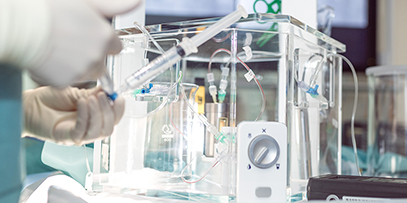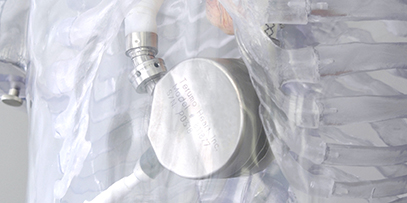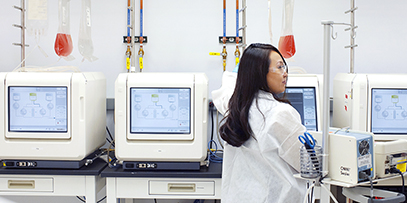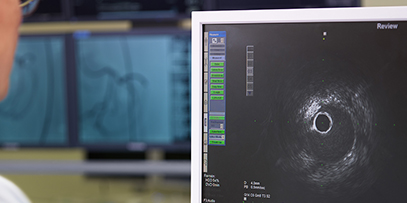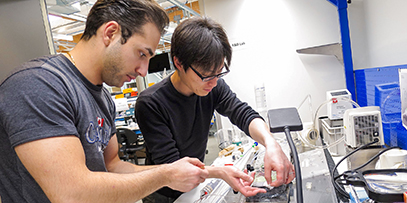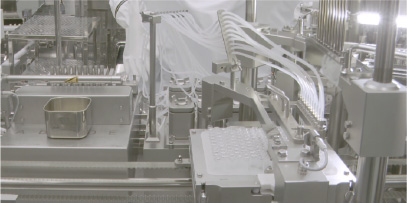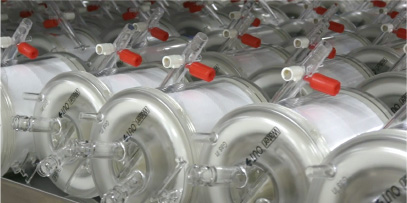 Top
TopFurther reducing the burden of interventional therapy—the adoption and growth of TRI
Interventional therapy, in which a thin, hollow tube called a catheter is used to treat the coronary artery or blood vessels of the lower limbs, has become a common and comparatively less invasive procedure to treat patients. It is also a continuously evolving and improving field. Both medical procedures and devices are changing to make this treatment more patient-friendly.
Intervention starts with a thin "sheath" being inserted through the skin and into a blood vessel; a catheter is then introduced through this entry site. Initially, the entry site most often used was the groin (femoral artery); however, nowadays, intervention through the wrist (radial artery) has become more common. This is called Transradial Intervention (TRI).
TRI is clinically more beneficial than the femoral artery approach for the following reasons: Shorter hemostasis time; lower risk of complications; and patients can walk immediately following the procedure. These benefits make TRI less burdensome for patients. In addition to raising patient quality of life, TRI enables shorter hospitalization, with discharge possible on the day of the procedure. This has garnered attention for reducing healthcare expenditures while maintaining treatment effectiveness.
TRI was first performed in 1992 by a world-renowned Dutch physician named Dr. Ferdinand Kiemeneij. The radial artery is narrow, so the procedure requires a highly experienced physician. For over 10 years, Dr. Kiemeneij and others helped to evolve TRI and train others in performing it, and now the technique is widely used.
The hard work of these physicians was rooted in compassion for patients. Dr. Kiemeneij explains, "We were sure that patients would be the beneficiaries of TRI." Developing unique technology as a medical device manufacturer, Terumo continues to work with physicians toward spreading patient-friendly healthcare.
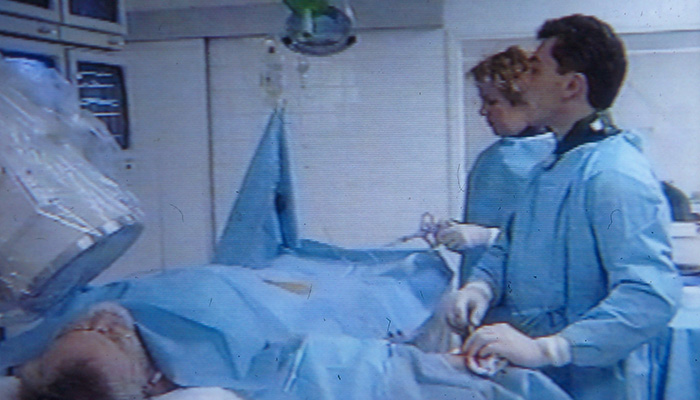
Dr. Ferdinand Kiemeneij performing TRI in the early days of the procedure.
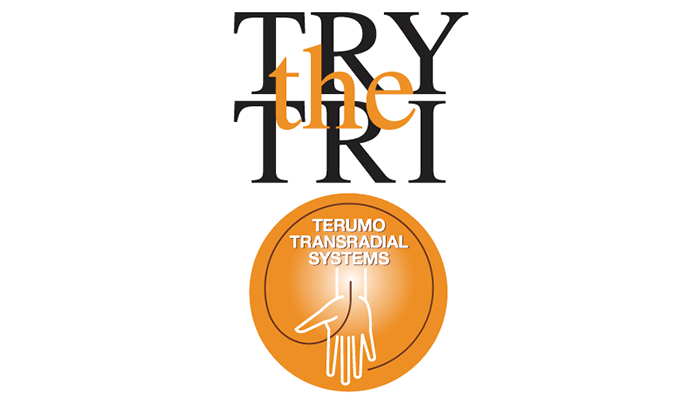
The Terumo campaign "TRY the TRI," an early effort to spread TRI.
Access device optimization to give more patients the option of TRI
Since the 1985 launch of Guidewire, Terumo has focused on the field of access devices like sheaths or guiding catheters to navigate therapeutic devices to the target lesion. Throughout this time Terumo has continually enhanced its patient-friendly TRI-optimized product lineup. The company now enjoys a top share in the access device market.
However, because the radial artery is narrow, sheaths were previously sometimes too wide to insert into patients with small artery sizes. In such cases, if sheaths were forcibly inserted, there was the possibility of complications such as vascular damage or radial artery occlusion. New sheath development was begun to overcome these problems and create a user-friendly sheath with a thinner outer diameter. Terumo endeavored to solve the contradictory needs of a thinner outer diameter but larger inner lumen sheath, by making the sheath walls as thin as possible. Mass-producing sheaths with thinner walls also posed challenges, such as how to prevent kinking in the manufacturing process, but in 2013, Terumo succeeded in launching a thin-walled sheath for TRI use, which is now widely used in medical settings.
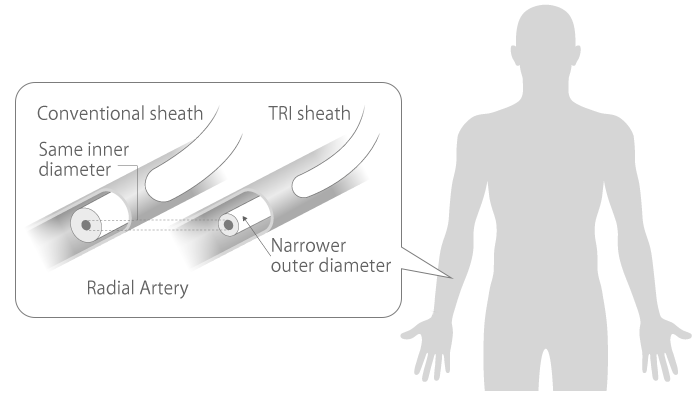
Improving safety and peace of mind
in post-TRI hemostasis
Supporting rapid patient recovery
Accurate and efficient hemostasis following TRI is very important in enabling patients to return to normal life sooner, and in reducing burdens and cost in medical settings. However, although hemostasis is comparatively easier with TRI, it is more difficult than recovery following a blood test or donation. This difficulty posed a challenge to adoption of the technique.
The wrist contains many nerves. When TRI was first being adopted, hemostasis was primarily performed by placing a rolled surgical swab on the puncture site and tightly wrapping it with a bandage. However, this method placed excessive pressure on the nerves of the wrist, leading to patients experiencing numbness or pain. If the bandage was too loose, though, it was reported that the lack of pressure would allow bleeding.
Terumo listened to voices from medical settings asking that the puncture site be kept visible, that the artery could be kept compressed, and that pressure could be maintained and controlled using air, resulting in development of a unique Terumo radial artery hemostasis device.
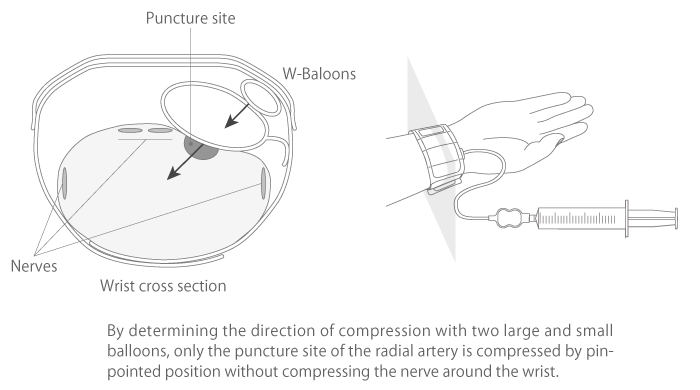
Recent TRI efforts
Radial to Peripheral
With TRI now widely used, interventional therapy has spread as a less invasive method to treat not only coronary, but also peripheral and neurological blood vessels. Terumo is now focusing development activities on devices that support peripheral vascular treatment performed through the wrist. Terumo continues to innovate technologies and approaches toward bringing about access and treatment devices that are more patient-friendly and further raise quality of life.


